Driving Safely
I am forever annoyed with people who take driving lightly. People who have finally gotten their license and throw all of the lessons learned in drivers education away as if it no longer applies to the road. As a bus driver, I deal with terrible motorists all day long. I have seen people do crazy things while driving from eating to putting make up on. I just want to put a message out there to the sane people who like to drive that we need to be careful. We all are guilty of a few bad driving habits but some are too big to ignore.
A few driving maneuvers we sometimes do incorrectly or do without regard.
Turning Right on Red
Turning right on Red in almost all states is permitted unless otherwise stated. Some turns are too dangerous to make on red. (A 4 Lane Highway for example). In most states you must come to a complete stop before making a right turn at a red light. An example of this are red light cameras. Red Light Cameras are calibrated to take pictures of people running the red light. When you come to a complete stop first before making a right on red the camera will not take a picture. If you don't you could get a ticket. Making a right on red, you must be aware of approaching vehicles with the right of way as well as pedestrians that may cross in front of you.
Merging on to the Highway
Merging onto a highway is one of the most intimidating things a new driver can do. If you have only driven on surface streets and residential neighborhoods highway driving is something that's entirely new but it is a skill that must be learned. Knowing what to do when merging on to a highway will make it easier to do. First of you have to understand something the second you get on the on ramp. The cars on the highway are moving at least 55-60 mph. You must get your speed up to at least 50 mph first. For new drivers not used to this speed it will feel against all you have learned. You have been told to drive slowly forever but now its different. You cannot merge onto the highway at 30 mph. You cause a hindrance in the traffic flow. Second, the on ramp and acceleration lane are there for you to get your speed up. Raise your speed to at least 50 mph and turn on your signal light. You must communicate your intent to merge into traffic. Use your mirrors and look for the gap in the traffic flow. Occasionally you will have people that will refuse to let you over, but once they pass you wait for a gap and TAKE IT don't wait too long otherwise people will think you don't want to get over. Generally the polite thing to do is to slow down for cars merging. You will have to do this as well.
Traffic Circles/Roundabouts
Traffic circles are just round intersections. Instead of cars stopping and everyone looking at each other. Right of Way is shared and it can be harder to determine when your turn to go is. Not all traffic circles are regulated with traffic lights. The rule of thumb its you may enter the circle when clear but you must yield to any traffic in the circle first. Once in the circle you exit without stopping. Stopping in a traffic circle causes confusion. If you are driving in a traffic circle and you stop you are telling the other drivers it is ok to go in front of you. YOU have the right of way you DONT need to let them in front, they must yield.
Parallel Parking
Parallel Parking is a skill that you must have as a new driver. Its something that all new drivers dread doing because of "how hard it is" when in reality its very simple. This is an essential skill you must have if you live in a big city. Can you imagine finding a good parking space but not being able to get into it?
Parallel Parking Is done with only 3 moves of the steering wheel. Starting off, you must make sure that the space you are trying to park in, is big enough for your car to fit in. the way you do this, is simply parking just out side the space, getting out and taking a look. Not all people park correctly. In parallel parking, if the car in front or behind the space is too close your car wont fit. That's ok, just find somewhere else to park. You can cause an accident trying to put your car into a space that's too small. Second, put on your turn signal and pull up to the car in front of you fully. Look over at the car in front of your space. Your drivers seat should be about equal to the other car. Third, Put your car into reverse and start backing. You should back slowly to the point where your passenger seat as equal with the rear bumper of the car in front of your space, then stop. Once you are equal you are ready for the fourth step. Turn your wheel all the way to the left or right and start backing slowly. Back until the rear of your car is totally in the space then stop. Now turn the wheel all the way in the opposite direction and slowly back in. If you've done this you should be totally in the space. Make sure the car is not in the traffic lanes as someone could hit you
Three Point Turns
A three point turn is a simple maneuver that you can use if you find yourself driving the wrong way and need to turn around but you don't have enough space to do it with one quick turn. When traffic is clear Begin your turn in the direction you want to proceed in. Reverse back into the lane you started in, and then proceed. Very Simple.
Keeping a Safe Following Distance
You should keep at least 2 seconds of following distance from the car in front of you. The way to tell how close you are to the car in front is to pick an object on the roadside, wait for the car in front of you to pass it then begin counting One Mississippi, Two Mississippi until you pass the object you chose. However high you counted, is how many seconds the car is in front of you.
Keep these few things in mind and everyday you'll be keeping yourself safe.
-
 2
2


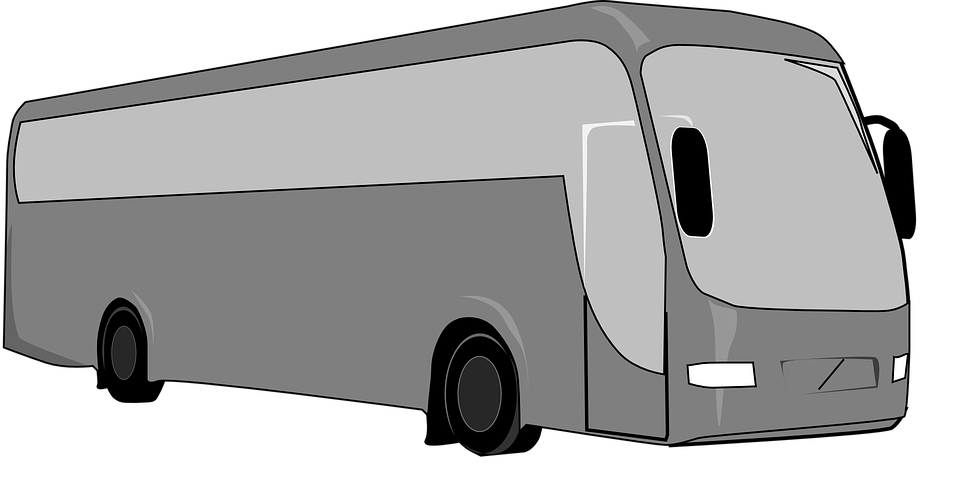

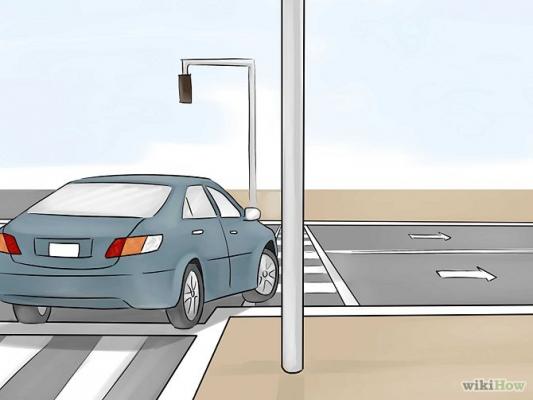
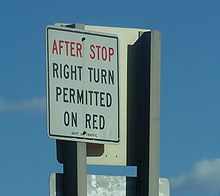

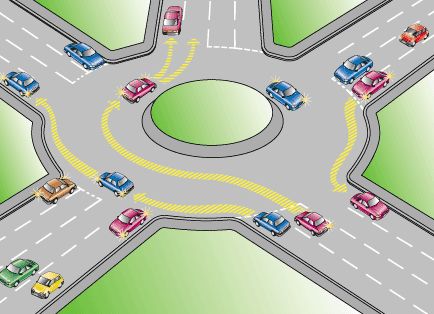
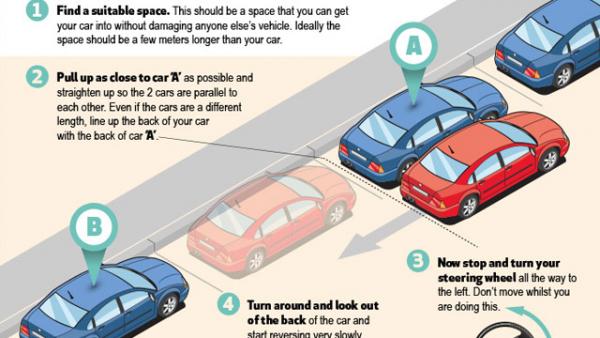


0 Comments
Recommended Comments
There are no comments to display.
Create an account or sign in to comment
You need to be a member in order to leave a comment
Create an account
Sign up for a new account in our community. It's easy!
Join the herd!Sign in
Already have an account? Sign in here.
Sign In Now